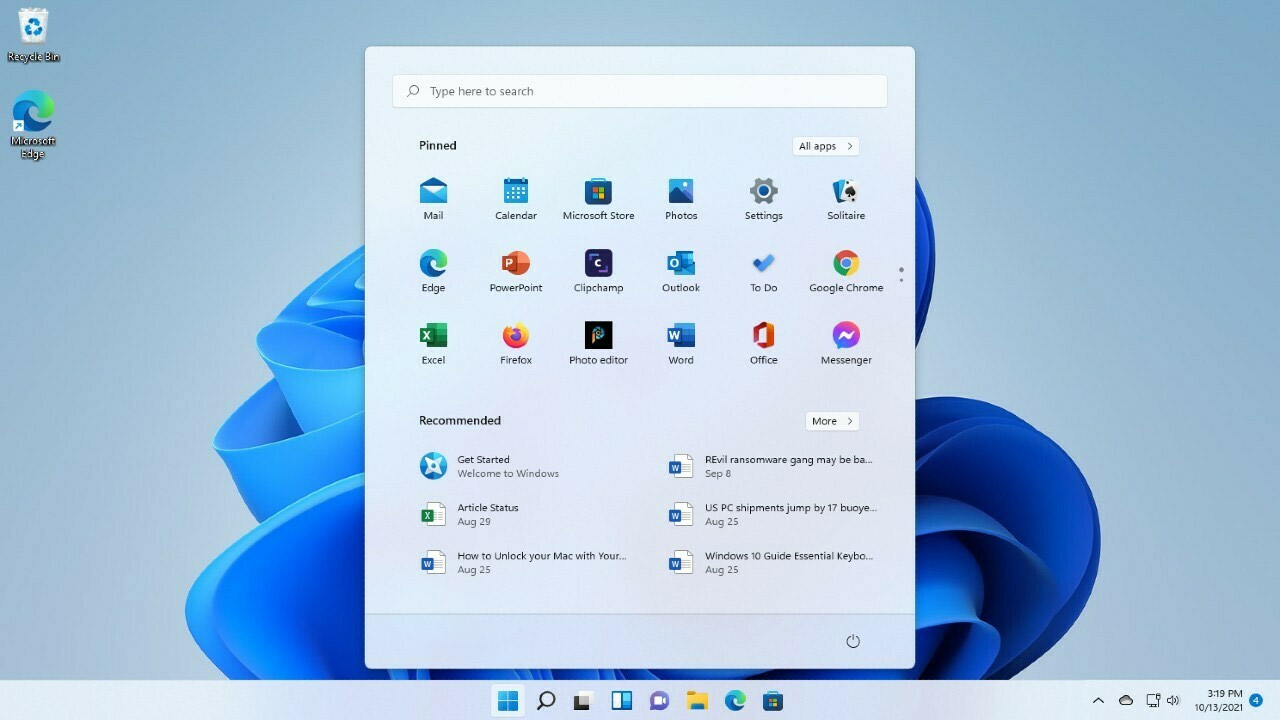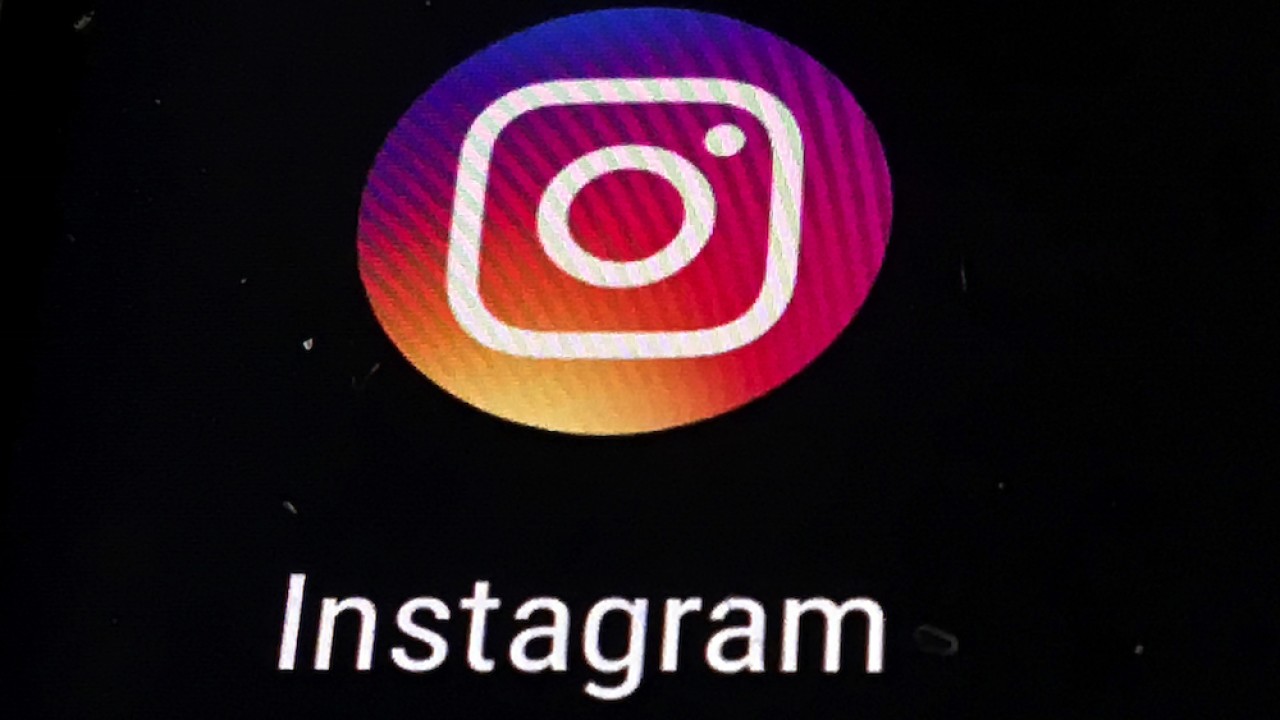If you are wondering how to put a Roku on your TV, you need to follow a few simple steps. The first step is to connect to Wi-Fi. This is a must for Roku devices, as if you are not connected to the internet, they will not function. Select a Wi-Fi network and enter the password. Once connected, the device will check for updates and restart. After you’ve done this, you can choose to use the mobile app to control your device.
The second step is to connect the device to your TV. You can either use the TV’s USB port or an available power adaptor. The power adaptor should be plugged into the wall outlet. You can use your remote to select an input, but you can also use your Roku’s interface to control the device. Once connected, the Roku should show a logo on your screen.
Next, you should connect the power cable to the Roku. This cable should have a small round connector or a micro-USB connector. Plug the other end of the cable into the TV’s USB port, or into the AC adapter included with your Roku. Finally, make sure to set your TV’s input to the proper one. The device should boot up, and you can begin watching movies and other videos.
https://youtube.com/watch?v=yqvKZwBM
How Do I Connect Roku to My TV?
First, sign up for a new account on Roku. Existing users can skip this step. Enter your first and last name, a password, date of birth, and gender, and agree to the terms of service. Once your account has been created, select the devices you wish to pair, and select a name and icon for each device. Repeat this process until all your devices are connected.
If your TV supports HDMI, you can connect your Roku streaming player to it with an HDMI cable. If your TV has RCA inputs, you will need an AV converter. Fortunately, there are several solutions to connect your Roku player to your TV. Alternatively, you can connect Roku to a computer with an HDMI port.
If your television does not support HDMI, connect your Roku device to a computer via a USB port. The power cable may be a micro USB connector or a small round connector. Plug the other end into the USB port on your TV or into the AC adapter provided by your television. Once connected, turn on your Roku player and turn on your television. You should now be able to watch movies on your television!
Will Roku Work on Any TV with HDMI?
If your TV has an HDMI port, then you can use the Roku device. Just follow these steps to connect your Roku device to your TV. First, connect to your home Wi-Fi network and choose your password. If you’re using a dual-band router, you may have to enter your password twice. Once the password is entered, select Connect. If the connection is strong, then you’re good to go! If not, then you’ll need to purchase an Ethernet adapter to connect your device.
You can purchase a cable that works with your television for less than $ Ensure that the cable matches the model of your TV. Once connected, turn the device on. It should pop up a welcome screen. Make sure you pair the remote control with your TV before you start using it.
You can connect a Roku device to most TVs with an HDMI port. If your TV is not compatible with HDMI, you can get a cheaper Roku Express. It works with the most popular streaming services and has an HDMI port. You can also buy a Roku Express+ if your TV has an RCA port. It has the same features and compatibility as the Roku Express, but it has a few more advanced features. The higher-end versions can stream in Ultra High Definition ( and provide better sound quality.
How Do I Connect My Roku to HDMI?
If you have a Roku player but don’t have an HDMI port on your television, you can connect it to your TV via RCA cable or a converter box. There are also some ways to connect your Roku to an AV receiver without HDMI. The easiest and most reliable way to connect your Roku to an AV transmitter is to use an HDMI cable.
To connect your Roku to HDMI, you will need to select the appropriate channel. This will be the number next to the HDMI port of your television. You can also change the channel on your TV by pressing the Input button on its remote. Once you are on the right channel, you will see a Roku set up screen.
If you have an older television that does not support HDMI, you can connect your Roku to an older television using the component ports. Component connections differ from HDMI because they have five ports instead of three. These ports are colored green, red, and white. To bridge the two types of connections, you can use an HDMI-to-component converter box. Then you plug your Roku into the converter box, and connect the component cables to the appropriate ports on your TV.
Why is My Roku Not Connecting to My TV?
If you’re experiencing trouble connecting your Roku to your TV, you may need to check your internet connection. You can do this by opening the About page and scrolling to Check Connection. Once you’ve done this, try streaming again and see if the problem has gone away. If not, you can reconnect to your WiFi and try again.
If all else fails, try restarting the router. In many cases, it can be a simple problem, such as a bad connection. First, try restarting the router by unplugging and reconnecting it. If you still can’t connect to the router, try restarting your Roku device.
Another common cause of Roku connectivity issues is overheating. Some devices overheat if they are placed on top of other electronics or in a poorly ventilated room. If this happens, unplug the device from its power source and wait about ten minutes before attempting to reconnect. If the problem persists, contact Roku Support for assistance.
Which HDMI Port Should I Plug My Roku Into?
The Roku comes in different varieties and is compatible with different video outputs. In addition to HDMI, Roku devices are also compatible with component video connections. Component inputs are similar to HDMI, but are grouped into five ports instead of three. If you want to connect your Roku device to a television with a component port, you’ll need to use a component to HDMI converter.
Roku players support HDR and resolution. However, in order to enjoy these features, you’ll need a TV that supports this resolution. In addition, you’ll need an HDMI cable that supports HDCP . Finally, you’ll want to connect a power source to your Roku device. Most TVs have a USB port available.
Once you’ve connected your Roku to your TV, it will begin to scan for firmware updates. If you’re using a brand new Roku, this process may take a while, so be patient. If you don’t see an update, you can try manually updating the device’s firmware. Once updated, your Roku will suggest an appropriate display type based on its connection type.
What HDMI Cable is Needed For Roku?
If you’re looking for an HDMI cable for your Roku, there are a few things you should consider before buying one. First, make sure that your television has an HDMI input. Most flat-screen televisions have HDMI inputs, so if you’re not sure what type of connection your TV has, make sure you check the TV’s port. Also, check if the HDMI cable you buy has a fire-safety rating. For example, you should get a CLr CLated cable.
Next, you should look for a high-definition HDMI cable. A high-definition HDMI cable supports Ultra HD content, and it should be compatible with your TV. It should also be long enough to reach both your Roku and your television. You can find these HDMI cables at many electronics stores.
Another important factor to consider is the type of Roku player you have. Many Roku players are compatible with standard HDMI cables, but you might want to upgrade to a higher-end player if you want the best picture quality. If you choose a high-end model, you might want to purchase a higher-speed HDMI cable, which can support Ultra HD and HDR videos. Ultra high-speed HDMI cables are widely available and can be purchased at most electronics stores.

